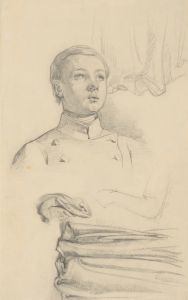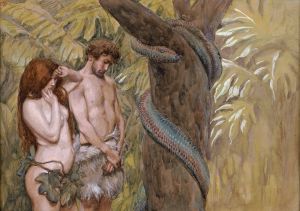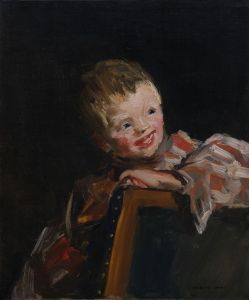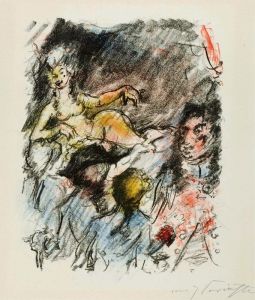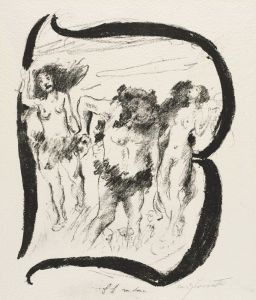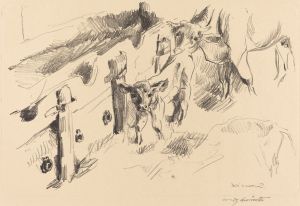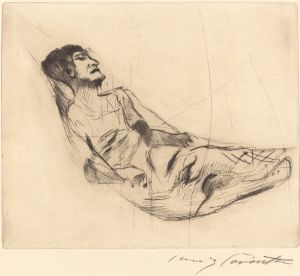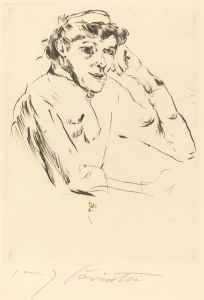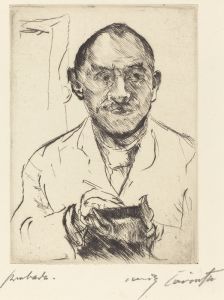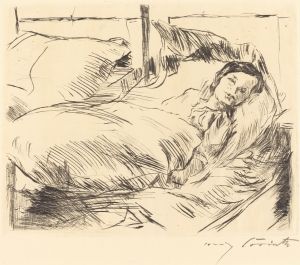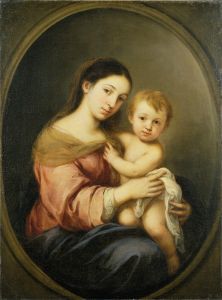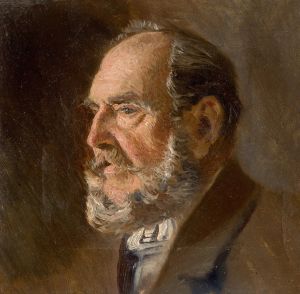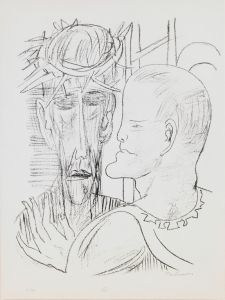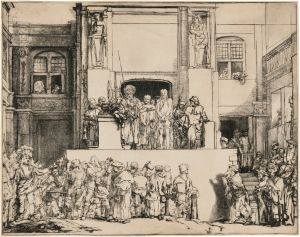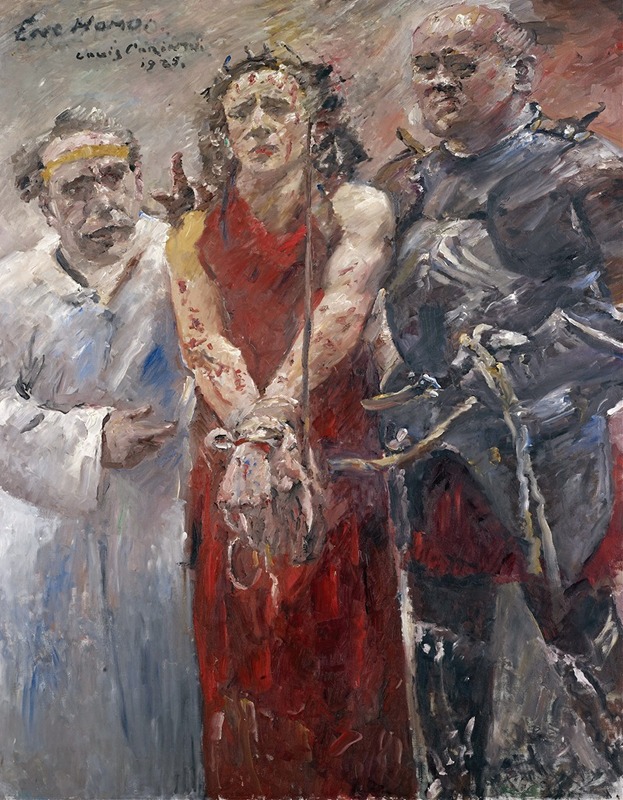
Ecce Homo
A hand-painted replica of Lovis Corinth’s masterpiece Ecce Homo, meticulously crafted by professional artists to capture the true essence of the original. Each piece is created with museum-quality canvas and rare mineral pigments, carefully painted by experienced artists with delicate brushstrokes and rich, layered colors to perfectly recreate the texture of the original artwork. Unlike machine-printed reproductions, this hand-painted version brings the painting to life, infused with the artist’s emotions and skill in every stroke. Whether for personal collection or home decoration, it instantly elevates the artistic atmosphere of any space.
Lovis Corinth's Ecce Homo is a painting created in 1925 by the German artist, who was a prominent figure in the transition from Impressionism to Expressionism. The title, Ecce Homo (Latin for "Behold the Man"), refers to the biblical scene in which Pontius Pilate presents Jesus Christ to the crowd before his crucifixion, as described in the Gospel of John (19:5). This subject has been a recurring theme in Western art, interpreted by numerous artists over centuries.
Corinth's rendition of Ecce Homo reflects his mature style, characterized by bold brushwork, vivid colors, and emotional intensity. The painting depicts Christ wearing a crown of thorns, a common element in representations of this scene, symbolizing his suffering and humiliation. Corinth's interpretation is notable for its raw emotional power and dramatic use of color and light, which convey the anguish and solemnity of the moment. The work exemplifies Corinth's ability to merge traditional religious themes with the expressive techniques of modern art.
By the time Corinth painted Ecce Homo, he had already established himself as one of Germany's leading artists. His career spanned several decades, during which he explored a wide range of subjects, including portraits, landscapes, still lifes, and religious themes. In 1911, Corinth suffered a stroke that partially paralyzed his left side, but he continued to paint, adapting his technique to his physical limitations. His later works, including Ecce Homo, are often regarded as more expressive and emotionally charged than his earlier pieces.
Ecce Homo was created during a period of significant political and social upheaval in Germany, following the end of World War I and the establishment of the Weimar Republic. While it is unclear whether Corinth intended the painting to comment on contemporary events, its themes of suffering and redemption may have resonated with audiences in a time of widespread uncertainty and hardship.
The painting is housed in the Kunsthalle Mannheim, a major art museum in Mannheim, Germany, which holds an extensive collection of modern and contemporary art. Corinth's Ecce Homo remains an important example of his late work and a testament to his enduring engagement with profound and universal themes.





